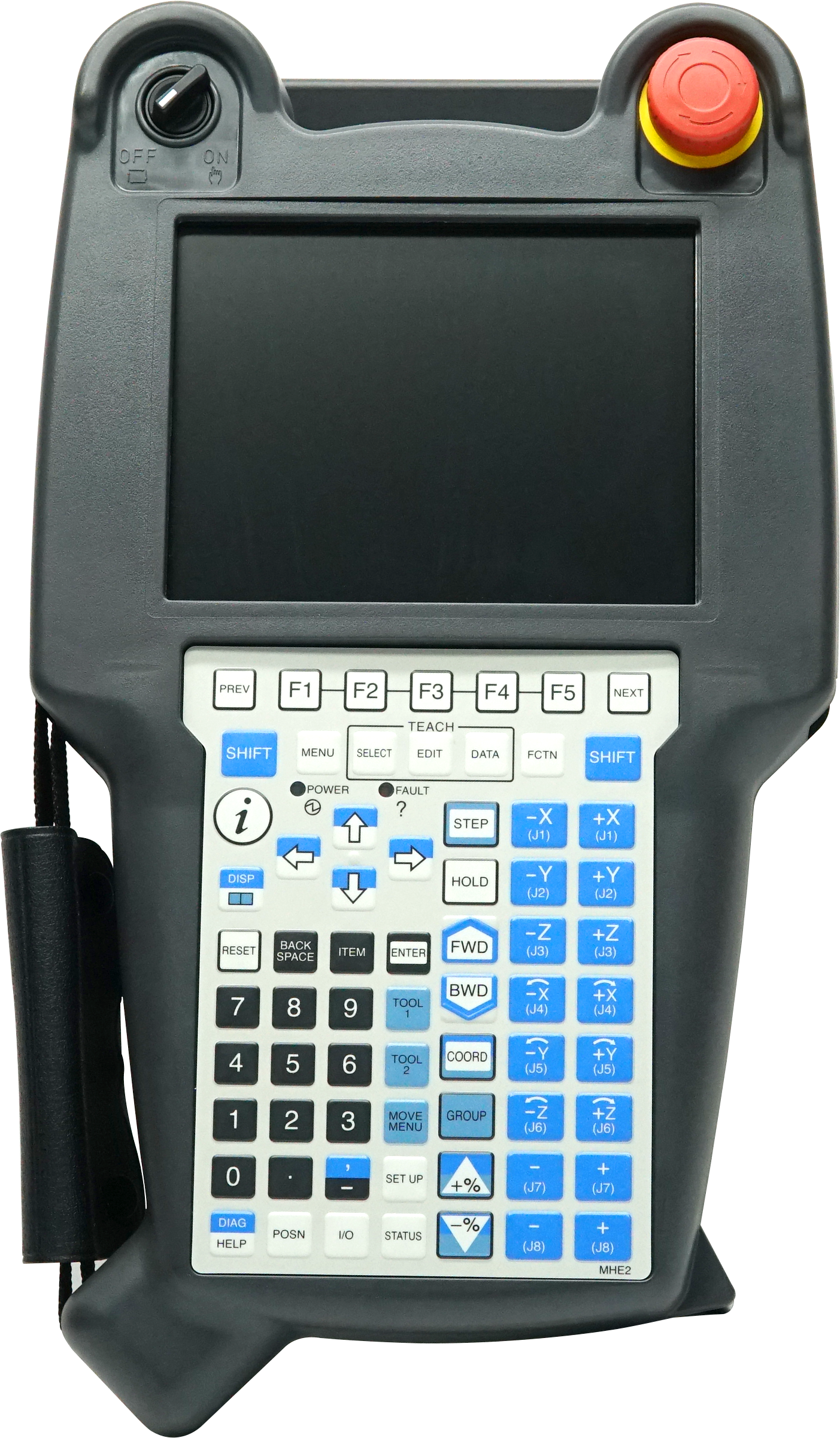siemens programmable logic controller
The Siemens Programmable Logic Controller (PLC) represents a cornerstone in industrial automation technology, offering robust control solutions for manufacturing processes. This sophisticated control system combines powerful processing capabilities with versatile connectivity options, enabling seamless integration into modern industrial environments. The Siemens PLC features an intuitive programming interface that supports multiple programming languages, including ladder logic, function block, and structured text, making it accessible to both novice and experienced programmers. Its modular design allows for flexible expansion through various I/O modules, communication processors, and function modules, adapting to evolving operational requirements. The system excels in real-time process control, monitoring thousands of data points simultaneously while maintaining millisecond-level response times. Advanced diagnostic capabilities enable proactive maintenance and rapid troubleshooting, minimizing downtime in critical operations. The controller supports various industrial communication protocols, including PROFINET, PROFIBUS, and Industrial Ethernet, ensuring seamless integration with existing automation systems and facilitating Industry 4.0 implementations. Safety features are integrated into the architecture, meeting international safety standards and providing reliable protection for both equipment and personnel.


